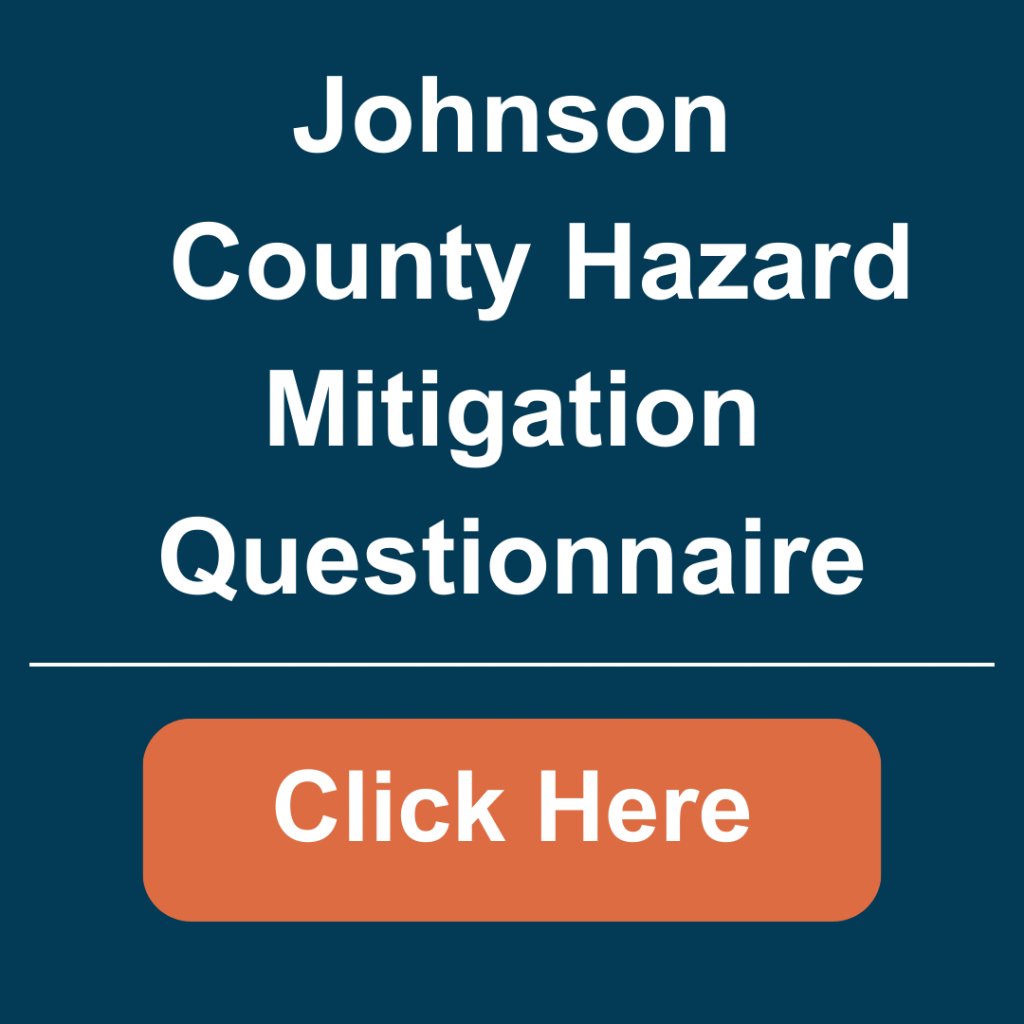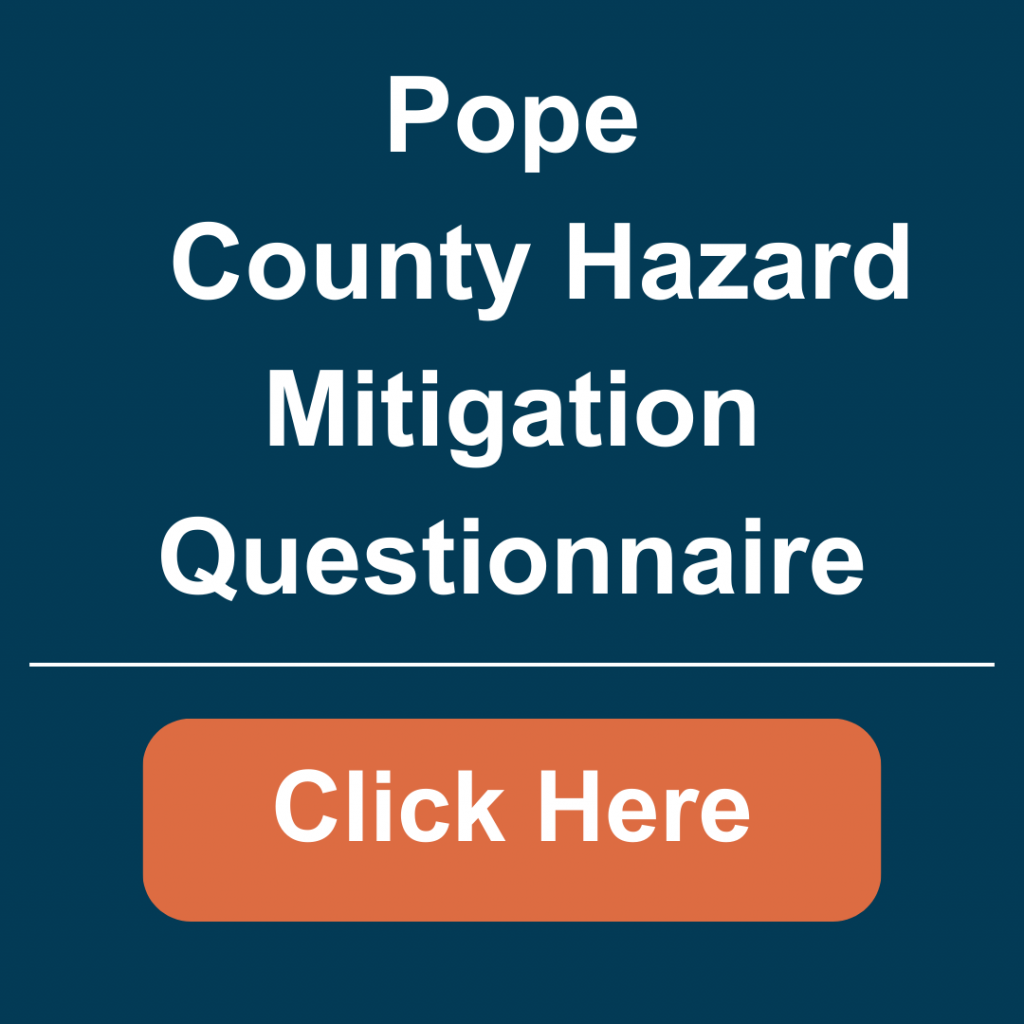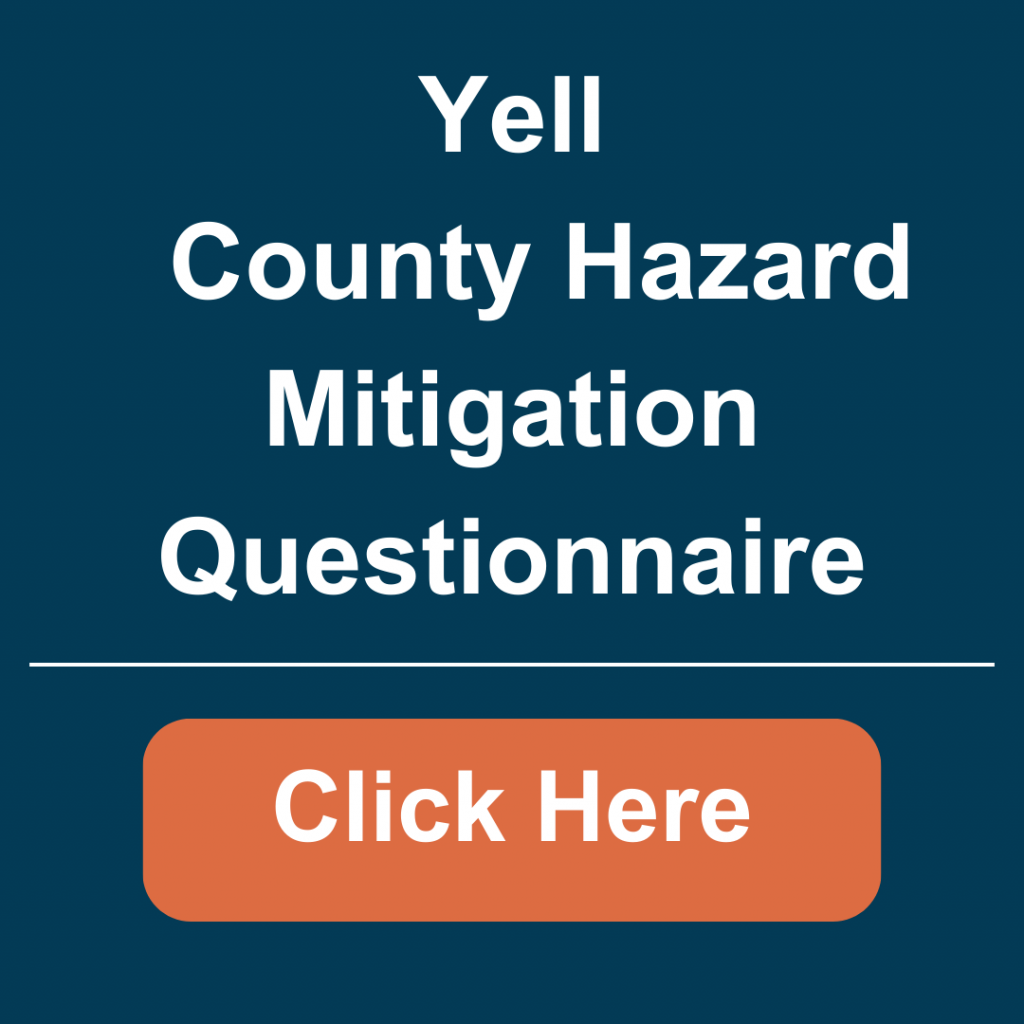Hazard Mitigation
Disaster Relief Grants
CDBG Disaster Funding through Arkansas Economic Development Commission provides money when a disaster is declared by the president. The funds come from the U.S. Department of Housing and Urban Development and are given through Arkansas’ Community Development Block Grant Program. Any city or county in Arkansas hit by a presidential disaster can apply. Projects must fulfill one of three goals: help people with low or moderate incomes, fix run-down areas, or deal with an urgent threat to the community’s health and well-being.
Most recent Disaster Relief Projects funded were:
-
- Conway County Generator
-
- Dardanelle Generator
-
- Knoxville Generator
-
- Montgomery County Generator
The Department of Commerce’s Economic Development Administration (EDA) can assist communities in addressing long-term disaster relief and recovery needs. Through competitive grants to eligible applicants, EDA’s disaster recovery generally falls within three categories:
-
- Strategic Planning and Technical Assistance
-
- Infrastructure Design and Development
-
- Capital for Alternative Financing
For more information and assistance with Disaster Relief Grants through the Department of Commerce Economic Development Administration, district members may contact Vicki Sexton, Program Manager, at vsexton@wcapdd.org or 501-525-7577 ext 1003.
FEMA Hazard Mitigation Assistance
HMA programs provide funding for eligible activities that are consistent with the National Mitigation Framework’s Long-Term Vulnerability Reduction capability. HMA programs reduce community vulnerability to disasters and their effects, promote individual and community safety and resilience, and promote community vitality after an incident. Furthermore, HMA programs reduce response and recovery resource requirements in the wake of a disaster or incident, which results in a safer community that is less reliant on external financial assistance.
Hazard Mitigation Grant Program (HMGP)
The Hazard Mitigation Grant Program (HMGP) provides grants to States and local governments to implement long-term hazard mitigation measures after a major disaster declaration. The purpose of the HMGP is to reduce the loss of life and property due to natural disasters and to enable mitigation measures to be implemented during the immediate recovery from a disaster. Unlike the Federal Emergency Management Agency’s (FEMA’s) more familiar disaster assistance programs that help pay for the permanent repair and restoration of existing facilities, the HMGP goes beyond simply fixing the damage. The HMGP will, within the limits of state and federal guidelines, help fund a wide range of new projects that reduce hazard vulnerability and the potential of future damage. The State of Arkansas, through the Arkansas Department of Emergency Management (ADEM), administers the Hazard Mitigation Grant Program (HMGP). (Section 404 of Public Law 93-288, as amended, the Robert T. Stafford Disaster Relief and Emergency Assistance Act).
What Types Of Projects Can Be Funded By The Hazard Mitigation Grant Program?
Hazard Mitigation Grant Program (HMGP) funds may be used to fund projects that will reduce or eliminate the losses from future disasters. Projects must provide a long-term solution to a problem, for example, elevation of a home to reduce the risk of flood damages as opposed to buying sandbags and pumps to fight the flood. In addition, a project’s potential savings must be more than the cost of implementing the project. Funds may be used to protect either public or private property or to purchase property that has been subjected to, or is in danger of, repetitive damage. Examples of projects include, but are not limited to: Retrofitting structures and facilities to minimize damages from high winds, earthquake, flood, wildfire, or other natural hazards, Elevation of flood prone structures, Development and initial implementation of vegetative management programs, Minor flood control projects that do not duplicate the flood prevention activities of other federal agencies Localized flood control projects, such as certain ring levees and floodwall systems, that are designed specifically to protect critical facilities, and Post-disaster building code related activities that support building code officials during the reconstruction process.
Who is Eligible to Apply?
Hazard Mitigation Grant Program funding is only available to applicants that reside within a Presidentially declared disaster area. Eligible applicants include: State and local governments Indian tribes or other tribal organizations Certain non-profit organizations Individual homeowners and businesses may not apply directly to the program; however a community may apply on their behalf.
How to: Planning to Construct a Tornado Safe Room on School Campuses
Through FEMA’s Hazard Mitigation Assistance: Hazard Mitigation Grant Program, Tornado Safe Rooms may be constructed with a 75/25 project cost share, with 75% of safe room construction costs being reimbursed through the Federal Government. Because Federal Funds will be used for the project, it is ESSENTIAL that you familiarize yourself with the procurement policy your District/Jurisdiction implements. An architect is required to provide initial and final drawings and will assist in the Federal application.
It is important to note that there are two separate application periods that must be approved prior to any construction. The breakdown of the application periods is as follows:
The Initial ‘Notice of Intent’ (NOI)
1. An initial, paper-based application (NOI) to alert ADEM of the wish to apply for Federal funding through FEMA.
2. Project cost estimate (provided by architect)
3. Complete Scope of Work (provided by architect)
4. Project Timeline (provided by architect)
These items will be submitted to the Arkansas Department of Emergency Management (ADEM) Mitigation Branch for review. The State will accept all NOIs and review, then following up with the CHOSEN applicants to begin the online, Federal application. This application is extensive, complete with an Environmental Review performed by the Grant Manager.
For more information and assistance contact Courtney Decker, Emergency Management Program Manager, at cdecker@wcapdd.org or 501-525-7577 Ext. 1009.
*Some photos courtesy of Arkansas Department of Parks and Tourism









